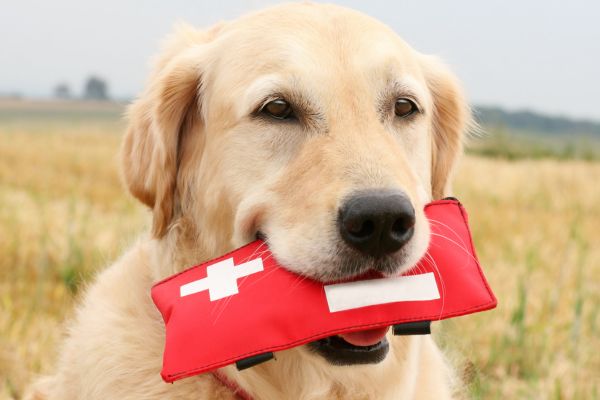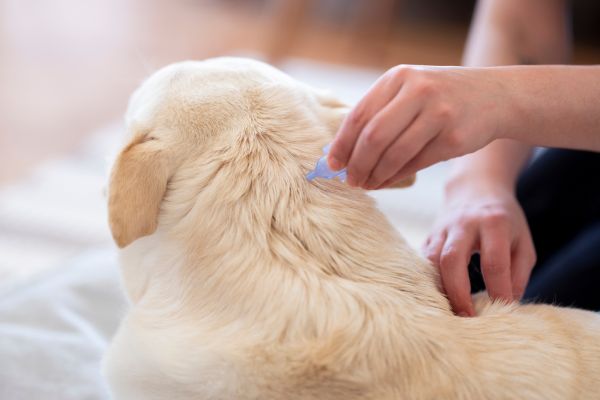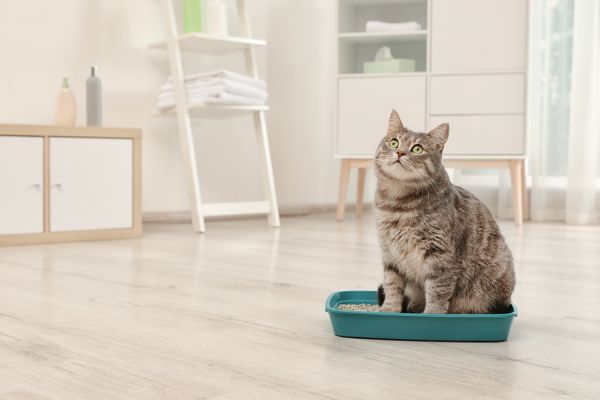Is it a good idea to trim a bird’s feathers?
This question is open to interpretation. People who believe in wing trimming (or clipping) are more safe and less likely for birds to get into trouble. The anti-clippers believe that cutting or clipping the flight feathers creates a false sense and is dangerous for the bird. You can decide what is best for your bird depending on your circumstances. Both are temporary decisions that can be easily adapted to new circumstances.
What is the best way to trim your bird’s wings?
Each case is unique and should be considered when deciding whether to trim the wings of parakeets or cockatiels. It all depends on the bird and their personalities, as well as the environment, dangers within the home, and the season. For example, in winter some people leave their birds fully fledged. This is because doors and windows are closed in that season so there is less chance of escape.
We leave birds outside in their flight aviaries. Birds who prefer to stay inside are fully flighted. Birds who are taken to outdoor enclosures are always wing clipped to protect them. To make an informed decision on wing clipping, you will need to assess your home and the setup of your birds. Below are the pros and cons of clipping your bird’s wings.
There are pros and cons to trimming wings.
- Birds are safer than humans and will not fly into windows, doors, ceiling fans, or open toilets.
- The risk of accidental flyaway is greatly reduced
- Birds cannot get in to dangerous items, or damage household furniture or woodwork.
- Training a bird to move up has many benefits.
- It encourages birds to interact with other people.
The possibility of a bird flying off the property is not eliminated by trimming its wings. A strong wind can carry properly trimmed birds away. To ensure safety, birds can be carried in flight harnesses while outside. Proper wing trimming does not involve all five flight feathers.
As feathers molt, wing trimming is necessary
There are pros and cons to flying with a bird:
Because they think that a bird can’t fly if its wings are cut, people stop being vigilant. Every member of the household must be committed to creating a safe environment. This includes keeping windows and doors closed, covering fireplaces and wood stoves, and keeping pets away from larger birds.
- Parrots can be prone to excess weight and flying is a great way to exercise.
- Parrots that can fly might be less likely to pluck their feathers, shout for attention or engage in other antisocial behavior.
- Flying is an instinctive behavior that increases the chances of foraging.
- It is difficult to clean up any droppings from outside the cage.
Birds that are not properly clipped can fall and cause internal injuries or broken bones.
Flighted birds are more comfortable interacting with humans and feel happier and more confident. This gives the bird more control over her environment.
What are the best steps to ensure that flighted birds remain safe?
You must take safety precautions if you allow your birds to fly. Here are some tips to help you do this:
You should never take your bird-haughty companions outside without a carrier or bird harness.
Your birds should be taught recall (teach them to respond when you call). This skill is essential for flighted birds. They will be able to fly to you even if they do escape.
You can help them become competent flyers and even better, skilled landers. Although flying is instinctive, landing can be hard to master. Encourage your bird to jump off a standing platform onto your arm, and gradually increase the distance that you ask him to travel.
You should also be open to considering wing trimming in the future if necessary. A loving and respectful relationship between you, your bird, and yourself is what’s most important.
How do you remove a bird’s feathers from its flight?
We trim the primary feathers about half way up at Best Friends’ Parrot Garden. This ensures that there are no sharp edges that could rub against skin or irritate it. Because they are more likely to sustain damage in the wild, primary feathers molt naturally faster than other feathers. Other feathers can only molt one to two times a year if they are not trimmed. The surface area of a bird’s feathers that allow them to catch lift is reduced, but it does not mean they are no longer able to fly. A trimmed bird can still glide safely to the ground and avoid a potentially dangerous fall. Regular grooming can be taken care of by veterinarians who have avian experience.
You should not trim a “blood feather”. These are feathers that have a blood supply. These feathers are easy to spot if you look at the bird’s wings. Clear shaft feathers should only be clipped. Otherwise, extreme bleeding can occur, which can make it difficult to stop.
Don’t panic if you accidentally cut a blood feather. Hold the shaft between your index and thumb for two minutes to allow the blood to clot. Keep the pressure on for at least two minutes. To encourage clotting, you can add some cornstarch to your shaft.
How often do birds need their wings clipped?
It all depends on when and how often he molts. Once a feather is molted, it will be replaced by a new feather. This will require clipping after the blood supply has dried up. A wing trim is good for several months or may need to be done again in a matter of weeks. It is best to check your bird’s wings regularly to determine if they need to be groomed. Each bird is checked at least once per month at the Parrot Garden at Best Friends.


